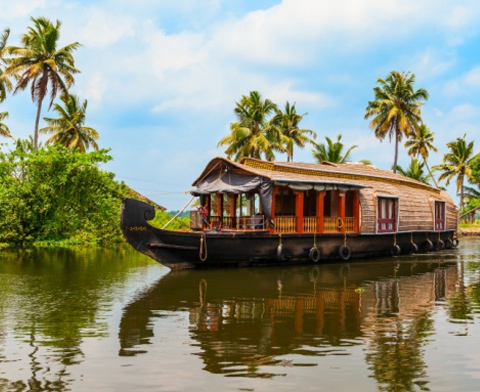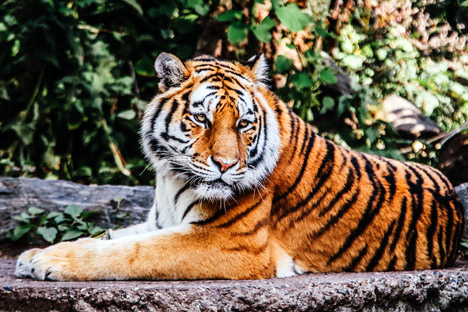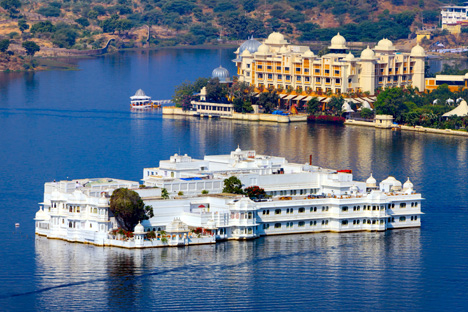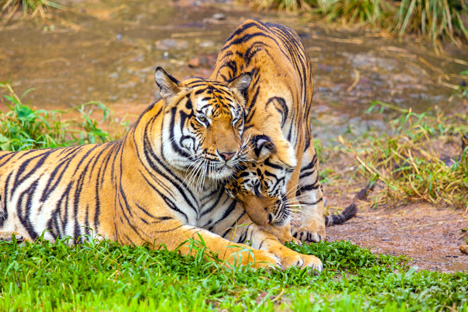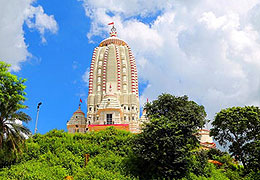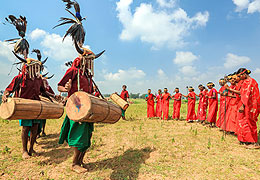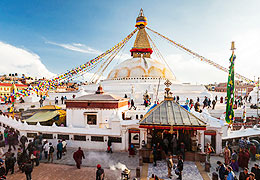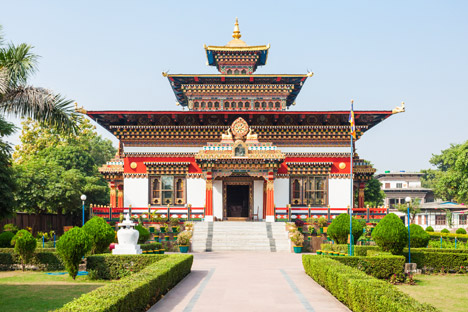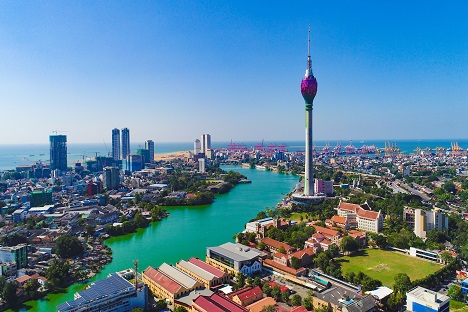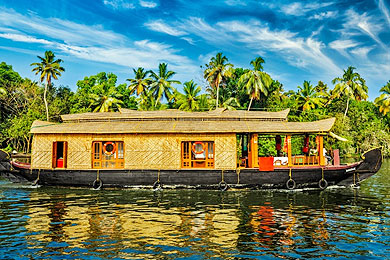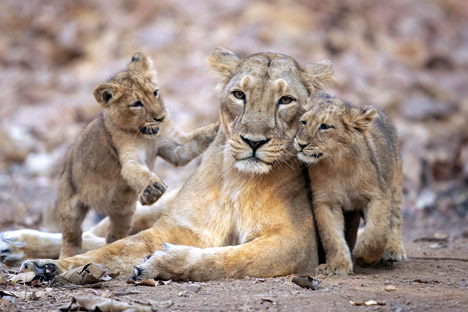History of Sundarbans National Park
The park, established in 1984 as the centerpiece of the larger Sundarbans Tiger Preserve (founded in 1973), covers 514 square miles (1,330 square km). A portion of the Sundarbans region in the enormous Padma (Ganges)-Brahmaputra River delta, shared by West Bengal and southern Bangladesh, is occupied and protected by the combined entities. As a result, many aquatic and terrestrial plants and animals at risk of extinction can be found in the Sundarbans, home to the largest mangrove forest in the world. The region has a sizable population of Bengal tigers, which is very noteworthy. Visitors flock to the Sajnekhali region of the national park to witness the diverse and abundant birds there. In addition to being a part of a UNESCO biosphere reserve, the park was named a UNESCO World Heritage site in 1987.
Flora and Fauna of Sundarbans National Park
A distinctive ecology and a plethora of fauna can be found in the Sunderbans. According to the 2011 tiger census, there were about 270 tigers in the Sunderbans. This park is surrounded by mangroves, provide a habitat for numerous unique species, including: Ahaetulla nasuta snake, Chelonia mydas green-sea turtle, Crocodylus porosus saltwater crocodile, Leptoptilos javanicus wading bird, Pelargopsis amauroptera Brown-winged kingfisher, and Ortygornis gularis. Apart from it, it is one of the best-known mangrove ecosystems in the world. Some of the other plant species in Sundarbans National park are: Kalo Baine, Peara Baine, Jat Baine, Genwa, Hental, Garjan, and Bhara.
Places to Visit Near Sundarbans National Park
There are many places to visit on your trip to Sundarbans National Park. Some of the places are:
Sajnekhali Watch Tower: Sajnekhali Watch Tower is one of the park’s most well-known guard towers. The forest department’s headquarters are also located here. A tourist can only request permission to enter the national park from this location.
Basirhat: Famous for historical landmarks like the Rasmancha temple and the ancient city of Chandraketugarh, providing insights into the region’s cultural heritage.
Jambudweep Island: A picturesque island offering a glimpse of local life, traditional practices, and natural beauty. Visitors can explore the island’s rustic charm and enjoy boat rides amidst mangroves.
Sudhanyakhali Watch Tower: The Sudhanyakhali Watch Tower is the ideal location where a wildlife enthusiast can spot a tiger. There is room for 25 people in the watch tower at once. Behind the watchtower, there is a pond with pleasant water.
Netidhopani Watch Tower: The Netidhopani Watch Tower borders the Sundarbans National Park’s buffer zone and core areas. Visitors could once easily access the Netidhopani Watch Tower, but today minimal tourism is permitted there.
Bakkhali Beach: A serene coastal destination near Sundarbans, offering a tranquil atmosphere for relaxation, along with beach activities and breathtaking sunsets.
Safari in Sunderbans National Park
Boat Safari
The only way to explore this stunning mangrove forest is by boat safari because it is a forest with only water-based connectivity to the outside world. The sole means of transportation through the forest’s river channels and water canals are tiny ships and boats.
The boats are specially made to provide the finest opportunity for viewing the forest’s unique flora and fauna. Many sizes of boats are available to accommodate the small group of tourists and the large convoy of nature lovers, ranging from a four-seater tiny boat to a forty-seater big boat.
The price you pay per person decreases with the size of the boat. The little boat with 4 seats will cost more per person than the larger boat with 40–50 seats. The tiny boat, however, is favored by daring nature enthusiasts who want to explore the forest in greater depth. You can make a decision based on your travel time and budget.
Boat Safari Timings
The boat service is offered from 8:30 a.m. in the early morning until 4:00 p.m. as dawn draws near.
Sundarbans National Zones and Gates
The Sundarbans are covered in mangrove forests, of which there are 3 main zones, depending on the salt level in the soil and water. Fishing, timber extraction, and honey collection are the main human activities allowed within the Sundarbans. The four Sundarbans national parks have been lumped together as they all share standard features of the estuarine mangrove ecosystem.
Zones of Sundarbans National Park
Freshwater Zone: Sundarbans’ area near rivers and streams, characterized by a low salt concentration, fostering diverse aquatic life, including fish and freshwater-dependent species, amidst dense mangrove vegetation, providing a crucial habitat for various flora and fauna.
Moderately Saline Zone: An intermediate region in Sunderbans where brackish water prevails, supporting mangroves like Sundari trees and diverse wildlife, adapting to moderate salinity. It hosts species able to thrive in both freshwater and slightly saline conditions.
Saline Zone: The area within Sunderbans most affected by saltwater intrusion, hosting mangrove species like the Sundari and Gewa. This zone sustains adapted flora and fauna, like mudskippers and salt-tolerant plants, surviving in highly saline conditions influenced by tidal water inflow.
Gates of Sundarbans National Park
Below is the Boat Safari Entry gates in Sundarban Biosphere Reserve and Sundarbans Tiger Reserve:
Gates of Sundarban Biosphere Reserve
Koikhali, Namkhana, and Raideghi are the entry points to the Biosphere Reserve. On a boat safari in the Sundarbans, one of the islands is called Koikhali. In this reserve region, Sundari and Garjan trees are in great abundance. From this area of the reserve, the Matla River emerges.
Patharpratima pours out of this portion from the Raideghi entry gate. The Thakurani River runs via the Namkhana entry gate. In this area of the reserve, there are almost 25 tigers. Sundarban Tiger Reserve has a number of entrances. The entrances to the tiger reserve are in Jharkhali, Bali, Gosaba, and Sonakhali. In the Tiger Reserve, there are roughly 60–65 tigers. To witness the magnificent Royal Bengal Tigers, one must start to explore early, before sunrise.
Sundarban Tiger Reserve Gates
Sundarban Tiger Reserve has a number of entrances. The entrances to the tiger reserve are in Jharkhali, Bali, Gosaba, and Sonakhali. In the Tiger Reserve, there are roughly 60–65 tigers. To witness the magnificent Royal Bengal Tigers, one must start to explore early, before sunrise.
Resorts in and around Sundarbans National Park
In Sundarbans, finding a place to stay is rarely an issue because many hotels and resorts can accommodate your needs and budget. You have various lodging choices, from eco-resorts to low-cost motels to government-run tourist lodges.
- Best hotel & Resort – Hotel Sonar Bangla
- WAXPOL Hotel and Resorts.
- Sunderban Tiger Camp
- Sundarban Gateway Resort
- Sundarban Tiger Roar Resort
